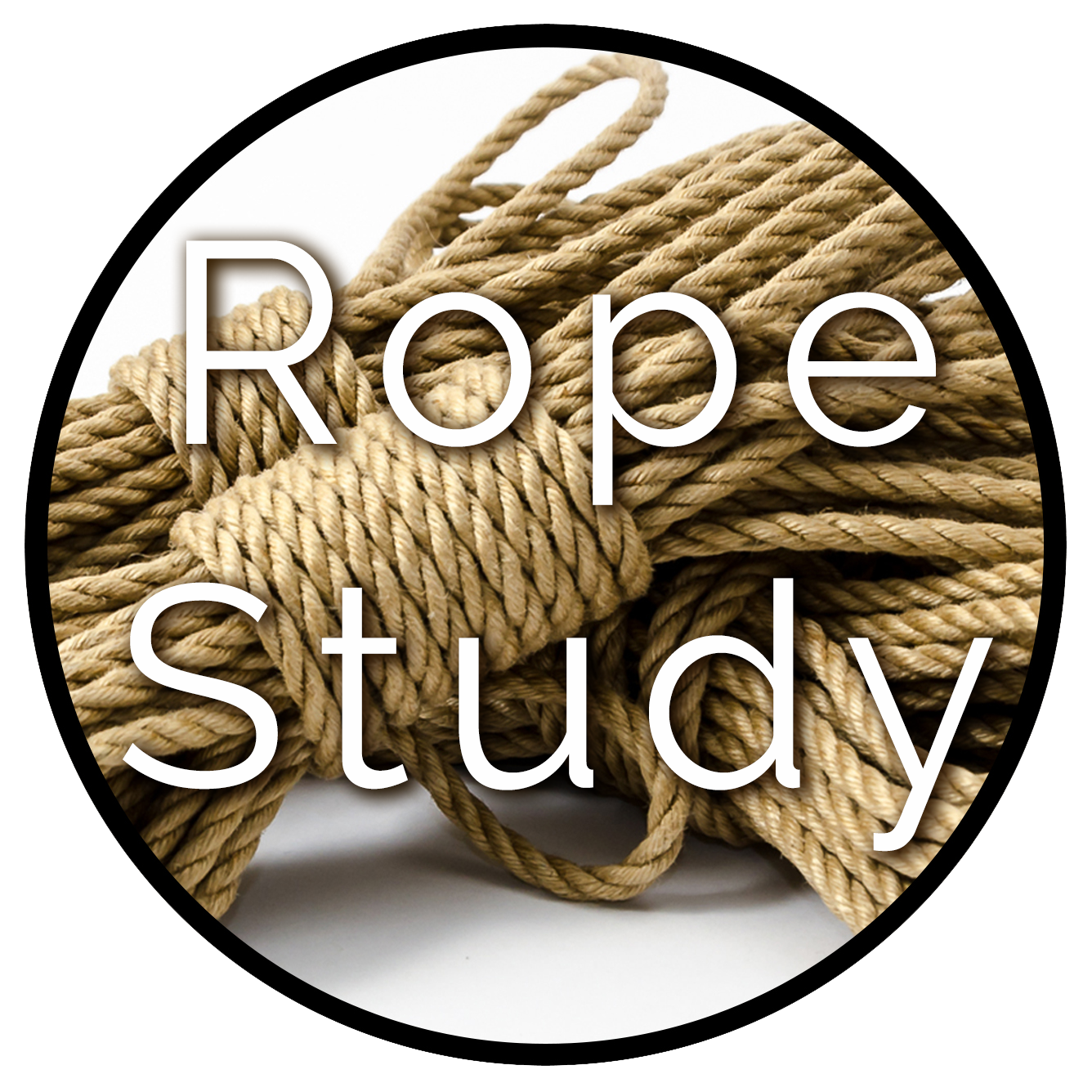Risk vs. Safety
While we often talk generally about “safety,” we intentionally titled this section “Reducing Risk” to stress the fact that rope bondage is not safe.
We want to repeat that: rope bondage is not safe.
It’s true that some forms of rope carry very minimal risks. For example, decorative rope or mild forms of rope bondage for sexy play typically carries minor risks like rope burn or cramping from being in a single position for too long, but nothing that will likely be a long-term concern.
However, it’s also important to recognize that many forms of rope bondage can be dangerous, and you can be injured, sometimes seriously and with long-lasting, life-impacting consequences.
For most forms of genuine rope “bondage” (where the body is held tightly into a position that cannot easily be altered without assistance) and most definitely for any type of activity that puts force on those ropes (not just suspension, but also tying body parts to a bed or grabbing the ropes and pulling the partner around), rope can be extremely dangerous.
In addition, the most common–though not always recognized–risk of rope bondage is the cumulative damage that happens over time. This is particularly true with more intense, suspension-based rope. We’ve spoken with many rope bottoms who may not be able to point to any one particular injury or bad experience, but who now suffer chronic physical injuries that they attribute to rope, including: permanent sensation loss in part of the body, joint pain or limited mobility (particularly in the shoulders), back pain, etc. While this kind of chronic pain is a potential risk in any highly-physical activity (like sports), we believe bottoms should recognize this risk as they begin their rope journey. Often, young, healthy and athletic bottoms will jump quickly into high-stress, high-risk rope and not suffer any specific, immediate injuries but will not realize until later the cumulative damage they are doing to their bodies. We believe people have the right to choose whatever risks and consequences they’d like in pursuit of the things they enjoy … we just want those choices to be informed.
Anyone who practices rope bondage for any sustained length of time will likely be injured in some way or cause an injury of some type. We urge practitioners to let the reality of that statement guide their approach to rope bondage. And because of this, we strongly recommend that you receive quality, in-person training whenever possible if you choose to pursue higher-risk types of rope (regardless of whether you do so with us or someone else).
However, there are things you can do to reduce (but not eliminate) the risks involved in rope bondage. The courses we offer are designed to help you recognize those things and become more skilled in their execution. In short, they include the following principles:
- Accept responsibility for your own safety. While this applies to tops and bottoms, we feel the need to stress this for bottoms, as they take the majority of the risks. Bottoms are the ones who will have to live with the results of most injuries (physical or emotional) that happens to them regardless of who is ultimately “to blame.” With this in mind, we urge both tops and bottoms to learn as much as they can and be careful about how they choose partners with whom to experience rope bondage.
- Honestly and knowingly accept that rope bondage involves genuine risks and the likelihood that you will sustain or cause some type of injury at some point is extremely high. Learn about what those risks are and how best to respond to them.
- Honestly assess your risk profile and let that guide your interactions.
- Learn as much as you can about both sides of the rope. Please. Really.
- Get as much honest feedback from more experienced rope practitioners (top and bottom) as you can in order to better assess your current skill level and the skills you need to develop next in order to improve. In our experience, people tend to overestimate their knowledge, experience, and skill level … usually by a lot. And in most cases, the best way to improve is not likely to be by learning some fancy new pattern, but instead to work on a greater understanding and mastery of fundamental skills.
- Choose your partners carefully. You’re putting a great deal of trust in the person you choose to tie up and/or tie you up. The easier the communication and stronger the trust, the more likely you will catch problems before they occur and/or successfully manage problems that do occur.
- Prepare as best you can for the type of rope you choose to experience. That includes preparing your body and mind for the rope you want to do, preparing your equipment and materials for the rope you want to do, learning as much as you can about what you’re doing, seeking to understand the “why” and “how” behind the what, and verifying anything you learn through as many different sources as possible. (Please don’t just take our word for things!)
